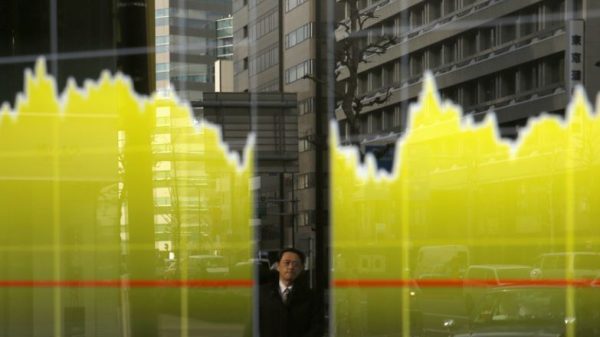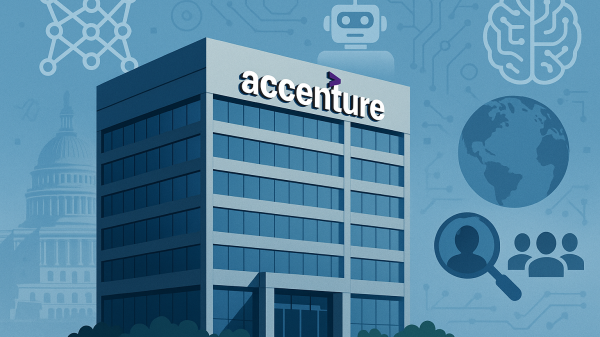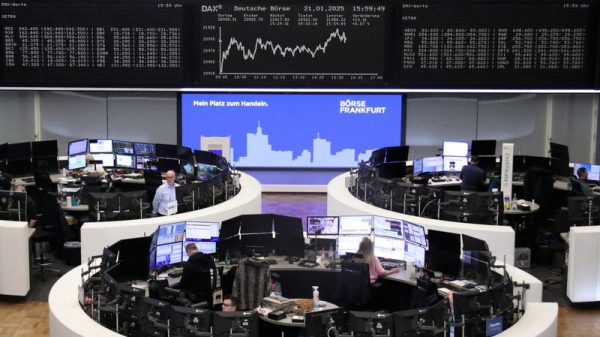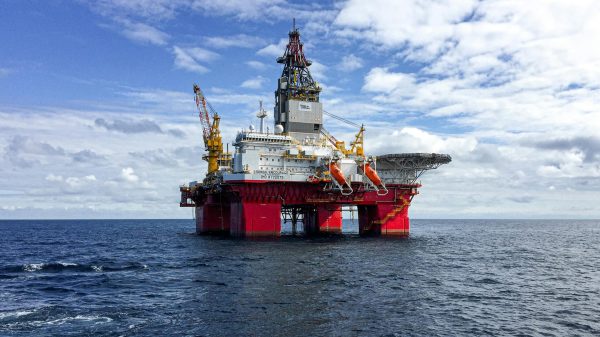Ageing coal and gas-fired power plants across Europe are being eyed by major tech companies like Microsoft and Amazon for a high-tech transformation.
These companies plan to repurpose the plants as data centers, leveraging their existing infrastructure for power and water access, Reuters said in a report.
European energy companies, including France’s Engie, Germany’s RWE, and Italy’s Enel, are capitalising on the increasing energy demands of AI.
They are achieving this by transforming former power generation sites into data centers and establishing profitable, long-term power supply agreements with data center operators.
Opportunities for both sides
Data centers present an opportunity for utility companies to recoup the significant expenses associated with decommissioning older power plants, and also to potentially finance future renewable energy projects.
These locations are attractive to tech companies because they offer rapid access to power grid connections and water cooling, both critical and scarce resources in the AI sector.
“You have all the pieces that come together like…water infrastructure and heat recovery,” Bobby Hollis, vice president for energy at Microsoft was quoted in the report.
Lindsay McQuade, Amazon’s EMEA energy director, anticipates quicker permitting for data centers on existing sites, where a significant portion of the necessary infrastructure is already established.
According to him, utilities have two options: lease the land for these centers or construct and operate them directly, entering into long-term power agreements with technology companies.
Simon Stanton, RWE’s head of Global Partnerships and Transactions, stated that the deals provide more than just the sale of unused land, as they also present opportunities for stable, high-margin revenue.
Stanton was quoted in the report as saying:
It’s more about the long-term relationship, the business relationship that you get over time that enables you to de-risk and underwrite your infrastructure investments.
Driven by climate targets, the majority of the 153 hard coal and lignite plants in the EU and Britain are slated for closure by 2038.
This follows the closure of 190 plants since 2005, according to data from Beyond Fossil Fuels, an NGO dedicated to accelerating the shutdown of coal-fired power stations.
New revenue streams
For utilities, data center agreements offer compelling economic benefits. They can secure long-term power supply contracts that support future renewable energy projects.
Tech firms are currently paying significant premiums, up to 20 euros per megawatt-hour, for low-carbon power, as noted by Gregory LeBourg, environmental program director at French data center operator OVH.
Given that data center power demands can range from a few hundred megawatts to over a gigawatt, this “green premium”—the additional cost for low-carbon electricity on top of the base market price—could result in long-term contracts potentially worth hundreds of millions or even billions of euros annually, according to Reuters’ calculations.
A relatively new approach to securing long-term power is the development of “energy parks” that directly connect to new renewable energy sources, with the grid serving as a backup for emergencies, according to the report.
France’s Engie aims to double its installed renewable energy capacity to 92 GW by 2030 from its current 46 GW.
Sebastien Arbola, who leads Engie’s data center business, stated that the company is marketing 40 global sites to data center developers, including existing coal and gas plants suitable for conversion.
In addition, utilities such as Portugal’s EDP, EDF, and Enel are actively promoting their former gas and coal sites for the construction of new data centers.
Speed
Tech companies are drawn to the rapid access to power and water offered by repurposed plants, a stark contrast to the decade-long grid connection delays often experienced in Europe.
According to Synergy Research Group, Europe’s data center capacity significantly lags behind the US and Asia. This disparity is attributed to extended grid connection durations and a slower permitting process.
Data centre operators have two main options for procuring renewable power: direct long-term contracts with utilities or purchases from the power market.
Real estate firm JLL is facilitating several conversions, including a 2.5 GW data center at a former German coal plant.
They are also working on four sites in Britain for a major tech client, as stated by Tom Glover, who handles data center transactions at JLL.
In Britain, Drax is actively seeking a partner to develop unused sections of an old coal site in Yorkshire, which has been partially converted to biomass.
Richard Gwilliam, Drax’s carbon program director, noted that this site offers access to existing water cooling equipment.
Drax proposes a “behind-the-meter” arrangement, where the power plant would directly supply power to the data center, with grid access available as a backup.
Similarly, EDF has selected developers for two sites located at gas power plants in central and eastern France.
According to Sam Huntington, director of research at S&P Global Commodity Insights, tech companies are competing for market share in a fast-expanding industry and are therefore prepared to pay more for projects with quicker start-up times.
Speed to power is just the phrase we keep hearing over and over again.
The post How tech giants are transforming old European power plants into data centers appeared first on Invezz




































